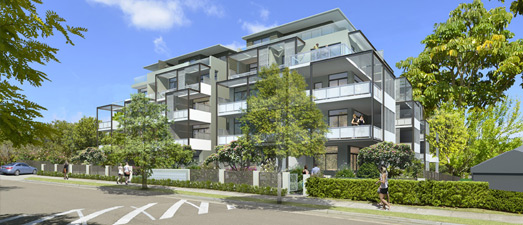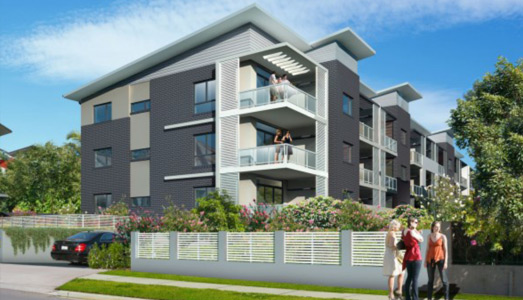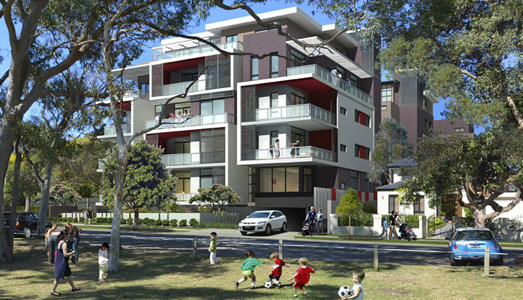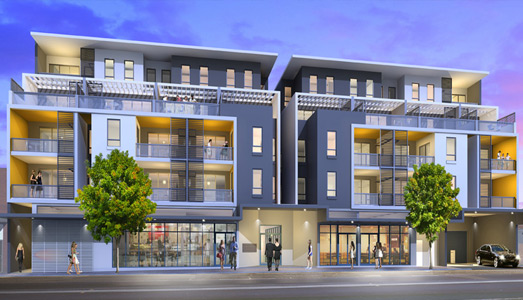Investor Information
Investment in Residential Property, supported by gearing (borrowing) has been the favoured means of building the future wealth of Australian Families for many years.
‘Gearing’ allows the Investor to secure a property for a small percentage of its cost, whilst owning all of the Capital Gains (where applicable), all of the Yield, and all of the Tax Deductions. This is a business model used by business owners world-wide, to generate Capital Gains, Tax Benefits and Profits whilst only having paid a fraction (the deposit) of the cost of the business plus interest (especially including Australian Property Investors).
Geared Investors therefore pay interest on the borrowed amount, but this is tax deductible, as are all the other expenses of the business (the investment property). Investment properties also generate Yield (rent), which tends to grow as time goes by, Capital Gains (over time), and real Investment Properties generate significant Depreciation Tax Deductions for at least 40 years.
Most working Australians recognize that their retirement needs will not be met without undertaking additional passive ‘investments’ to provide more future wealth than their superannuation benefits can accrue during their working life.
Many traditional investments can be risky, however owning investment grade residential properties in a Capital City such as Sydney has proven to be very effective at producing Yield and Growth over the long term.
Here is a simple model to show how property investing can work in Sydney:
Mary, aged 25, purchases a brand new apartment costing $600,000, in a strong location.
Her deposit was $60,000 (and IF APPLICABLE, her Stamp Duty liability, plus legals, loan fees etc, could push this to $80,000). She now owes the bank $540,000, which means she pays $27,000 per year interest (which is a tax deduction). Her unit rents for $450 per week, which is about $22,000 per year of income allowing for a few weeks vacancy. This means her new business (the Investment Property) has increased her income by $22K (and her tax bracket) but it is costing $27K in interest (tax deductible – reduces her tax bracket) plus some other (deductible) costs. This means, at the start, it is losing $5K per year, in other words that it is initially Negatively Geared. (Mary does not move in to the property, and she does not take the First Home Owners Grant because it would give her less money than it would cost her to live in the unit for the first 6 months – a requirement of accepting the Grant).
That $5K (or $100 per week) she must pay herself. But as time goes by and the rent goes up, $100 per week becomes $0 (Neutrally Geared) and eventually it becomes Positively Geared – she is now making a PROFIT (which is taxable). She is now the owner of a Profit-Making Business!
Mary has chosen to borrow using an Interest Only Loan, because she has worked out that, if she holds this property for years, then the average interest (deductible cost) is a flat line, so whilst her rent and capital value rises over time, her average interest does not. In that way, her income is Positive and growing for most of the years she holds the property. (This should allow her to accumulate more investment properties, as long as she does not try to pay off the debts. If she did pay off the loan – Principal and Interest, she would lose far more in Lost Opportunity Cost ((other investments or a home)), than she would ever save in interest).
Some years later, when the equity she owns in this property has grown, and she has saved another deposit, she can get another investment property, further increase the performance of her business, and later still, repeat the process.
(After 30 years, her I.P. is now worth $4.8 mil (past historic data for Sydney), and IF she sells, she will net $4.26 mil before Capital Gains Tax after repaying the bank. CGT is roughly $1.060K, so her net cash benefit would be approximately $3,200,000 as well as about 20 years of Positive Yield. After allowing for her original deposit, Stamp Duty and other costs, let’s say that the net cash benefit drops to $3,100,000. Not bad for an input of $60K to $100K of her money. Her total investment has multiplied about 31 times in a 30 year period, plus yield minus income tax.Please keep in mind that, over that time period, Inflation will have reduced the spending power of her net cash benefit.
DISCLAIMER: The above model is based on a continuation of trends evidenced in past historic Data for Sydney Residential Property. This is simply an illustration and all prospective investors must rely on their own research and obtain independent legal, accounting and finance broking advice, to confirm what may apply in their particular circumstances.
Developcorp carefully selects the right areas to build projects. We research and chase areas that should generate better than average growth, and have the infrastructure and profile to be very attractive to tenants (and thus Investment Owners) for decades to come.
We commend our current projects located in Waitara, Epping, Hornsby, Ashfield and shortly, Asquith, to investors seeking to maximize their Growth, Yield and Deductions.
If you would like to know more about this, please talk to us.
Invest with confidence in a Developcorp Property.
Contact our Sales Team here



